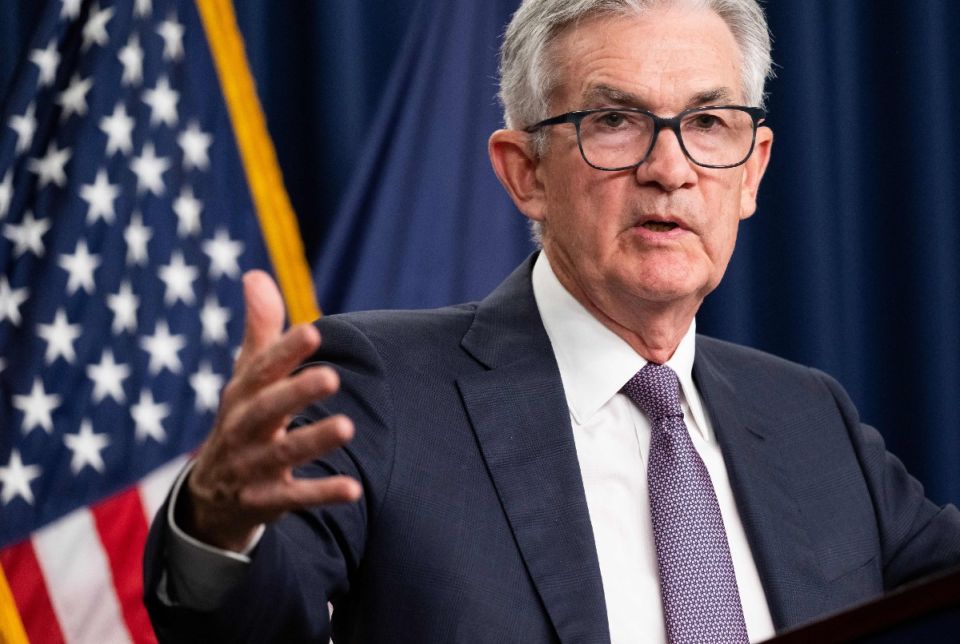The Federal Reserve has a clear goal: inflation must be squashed and returned to its 2% target. This was made clear by its president, Jerome Powell, who hinted that the central bank is willing to go as far as necessary to cool down the economy.
The markets and investors now have it clear: the Federal Reserve (Fed) will have no concessions to crush the historical inflation that accelerates prices and challenges the purchasing power of American families.
But the phrase is not encouraging, in its mission to return inflation to its 2% target, the Fed is willing to act severely; even if it comes at a cost to the economy.
The Fed announced a new adjustment to its interest rate of 0.75%, to take it to a range of 3% to 3.25%, which is a more than significant movement, considering that just last March, the base rates were almost at 0%.
Since then, the country’s policymakers have announced upward adjustments at a speed not seen since the 1980s, when the country was choked by inflation, according to a report by The New York Times.
And the movements do not seem to be going to stop any time soon, since the Fed’s forecast is that the cost of money will rise to 4.4% by the end of this year and that they will be notoriously higher in the coming years.
There will be no soft landing for the economy
The Fed’s most recent announcement of its policy decision was significant in many respects, but perhaps one of the most significant was the change in speech by its chairman, Jerome Powell.
In his message, after announcing the 0.75% adjustment, Powell made it clear that there will not be the soft landing he was talking about until just a few weeks ago.
The Fed chairman reiterated that controlling runaway inflation will be painful for the US economy, for businesses, and for families; however, he assured that it is necessary to take these steps and stop growth.
“We have to leave inflation behind I wish there was a non-painful way to do it, but there isn’t,” Powell said.
The president of the Fed made it clear that the central bank’s strategy is and will continue to aim at increasing the cost of credit to cool down demand and slow down the economy.
“We want to act aggressively now. Do this job and keep doing it until it’s done,” he said.
Investors and markets clearly read the message, and if there was any hope that the Fed would ease its inflation control strategy, Powell’s words demolished any possibility.
The reaction was as expected, Wall Street collapsed this Wednesday and the S&P 500 index closed the day with a drop of 1.7%.
Why is it necessary to control inflation?
The Fed seems stubborn to go ahead despite fears that a recession will hit the economy.
However, it is possible that a recession is a cost that the Fed has already assumed in its strategy to cool down the economy in the face of the signs that the price hikes have given of not giving in despite what has been done so far.
While inflationary pressures reflect global issues such as the war in Ukraine or persistent supply chain failures, domestic demand continues to fuel price spikes.
What the Fed perceives is that Americans continue to spend despite everything and companies continue to report profits and offer very attractive salaries in a very dynamic labor market.
These factors have limited the scope of the actions undertaken by the Fed, which is why the central bank has decided to take its powers more to heart and ensure that the economy cools down.
“That’s something we think we should have. We think we should also have softer labor market conditions,” Powell said.
According to estimates, to achieve this it would be necessary for the unemployment rate to rise from 3.7% to 4.4%, with around 1.2 million people losing their jobs.
That sounds catastrophic, but in a more encouraging scenario than the 10% unemployment rate that was reached in the housing crisis of 2008.
The stage is set and the players seem determined not to fail; doing so runs the risk of inflation becoming a factor of the economy itself, which would have a spiral effect that would be much worse than the current scenario.

